SEC | S20W1: Impact of Climate Change on Agriculture
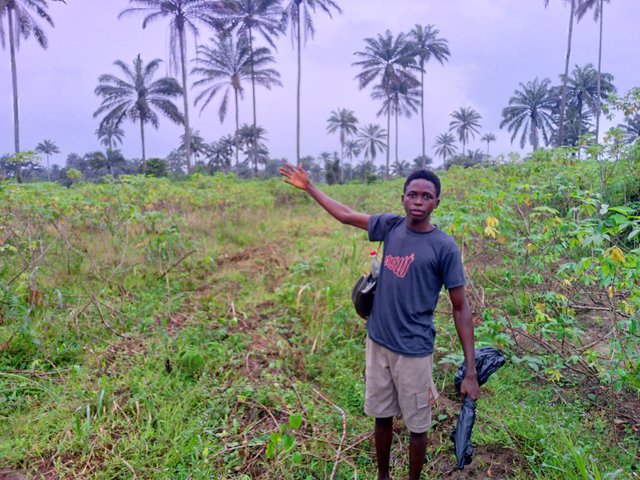 |
|---|
The effects climate change poses on agricultural productivity are regional, but, certainly, all crops are not supposed to survive in all regions. Understanding this effect helps us compare the weather conditions and the type of crop to plant at different moments for it to thrive. As an experienced farmer of both livestock and plants, I have had little experience in my subsistence farming state. The changes are complex and unavoidable and can cause so much havoc on the farms, especially for commercial farmers.
Let's take a few of which I will be comparing with my experiences as an agriculturist.
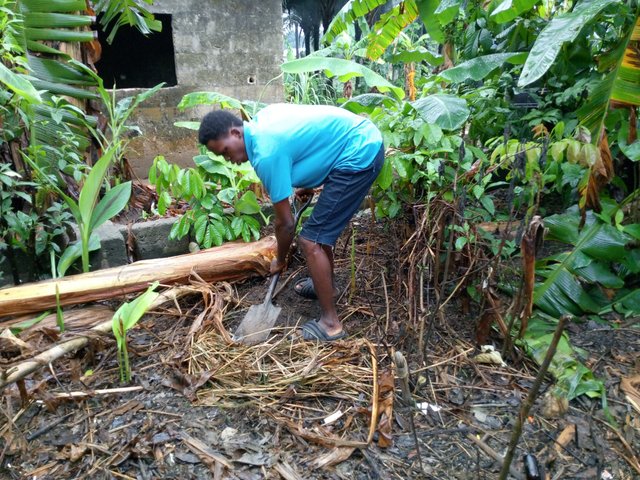 | 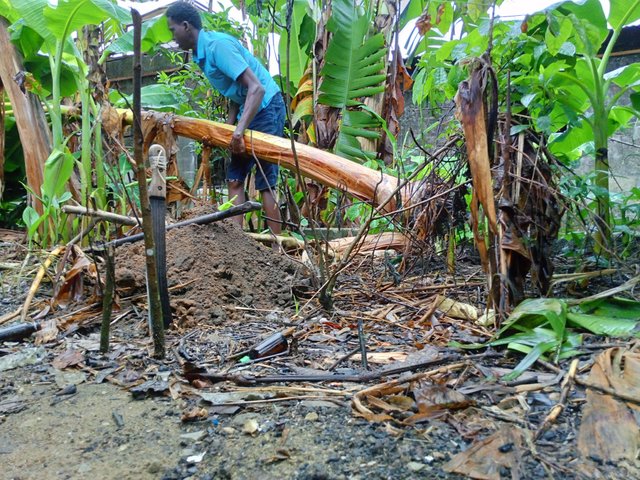 |
|---|
Storms and Hurricanes: Storms may not be that bad, but maybe, though they fix nitrogen to the soil in some cases, when it comes to the hurricane, it becomes very destructive. I have woken up many times to see my plantains and banana suckers down; many times, they don't fall normally but break from the middle, which makes it impossible to be erected again. Storms are really dangerous with hurricanes.
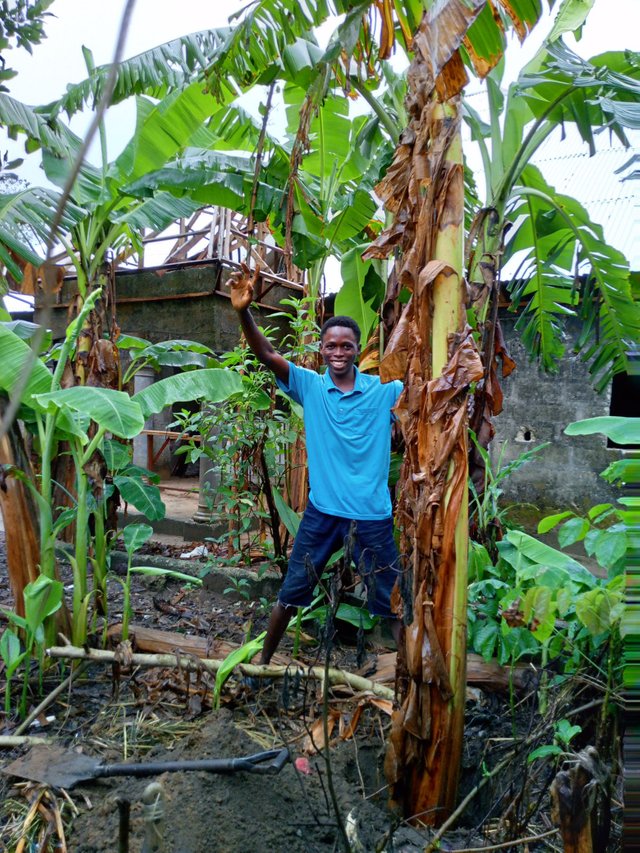 | Experience with storms and hurricane |
|---|
Climate changes like rainfall and flooding have a great impact on crops, and this also depends on the type of crops. For tuber crops like cassava commonly planted in regions like Nigeria, it could kill the plant when it falls in excess, and planting is not recommended at this time because the absorption of water into the stem will damage them. That is why planting of this type of crop begins around May and April so that towards August and September (a season of rain in the tropical part of Nigeria), the plant might have grown.
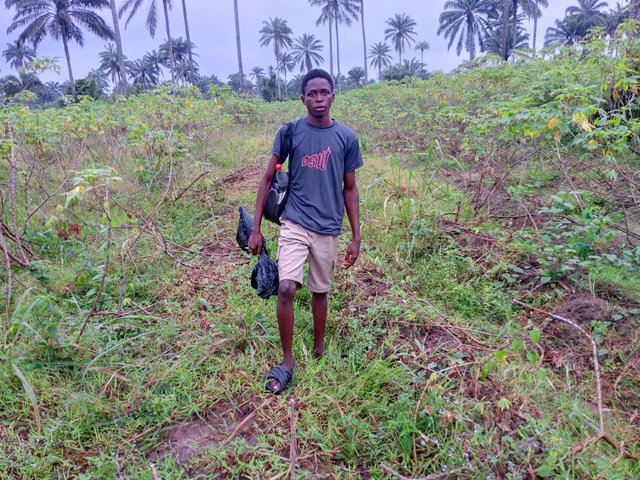
Normally water is supposed to drain deep down into the soil after rainfall depending on the soil type, but in a case where there is so much rainfall, this water that logs in the soil, especially for some soil that does allow water to pass through them easily, and with this, like I said with the cassava, they absorb water and rot.
Severe rainfall can lead to erosion, which will eventually lead to loss of nutrients. Runoff from rain may carry pesticides, which may be harmful to crops, leading to a retard in the agricultural process.
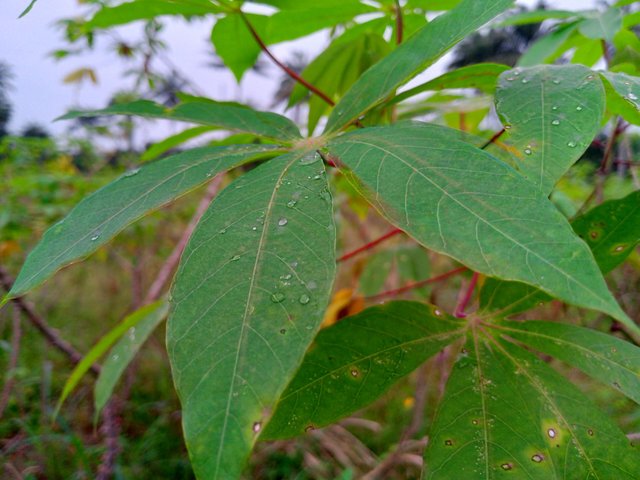
Droughts mean a scarcity of water, and as an experienced farmer, this season of rare water in the soil can lead to the death of many crops; even grass rarely thrives in this season. I have planted plantains, and I know they love enough water; even though in drought, which we call dry season or harmattan in Nigeria, they still produce bunches; you will notice that each produced will shrink to no more than its normal size compared to when there is enough amount of rainfall.
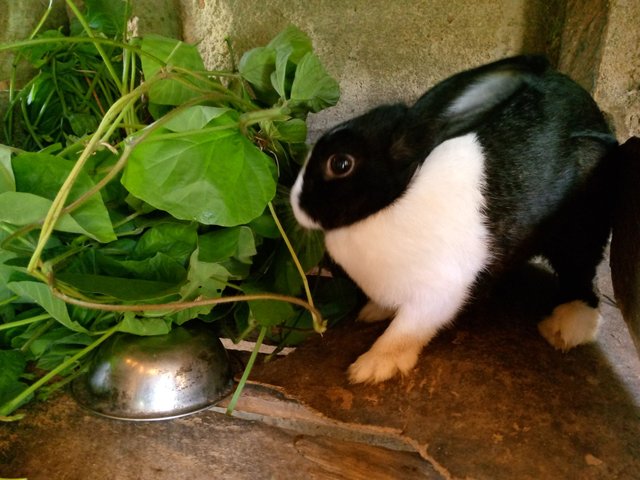 |  |
|---|
Increased Pests and Diseases Pressure: For plants, I will attach pests; plants certainly have their season, and most of these seasons coincide with the season of pest infestation or breeding. In a season like this, pests can only be controlled but not eradicated because most of them are of great economic importance.
Experiencing diseases with my rabbits for years now has taught me a lot. There is no doubt that rabbits are prone to diseases, but climate change can increase the rate. In terms of agricultural productivity, climate change has so much effect on my rabbit's birth rate increase in a cold weather condition, and the same is true for goats because they may experience a shortage in the supply of milk. After all, leaves become dry with a lesser amount of water and breast milk flow decreases.
Let me move back to the cold season, like rainfall. At this time, disease increases so much for rabbits because it is certain that the defecate from infested animals may likely move to the next cage through urine, which may get sprinkled on their foods, especially leaves. Also, rabbits don't like cold, especially the young litter without hairs; if they are exposed, it may lead to their death.
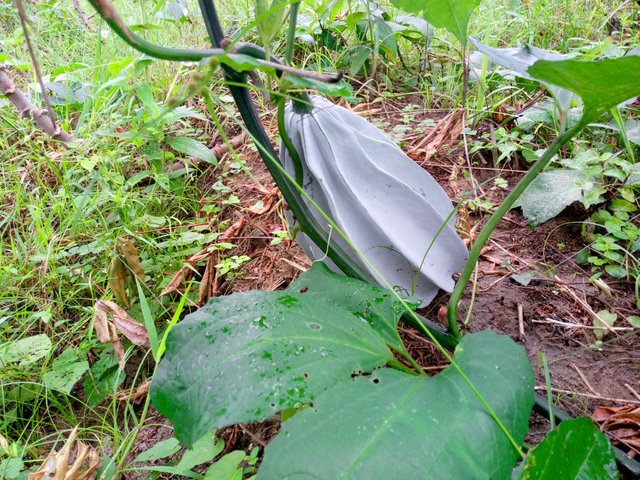
These changes could be in different forms; the first could be from the way the soil is conditioned for irrigation, and the second could be the channelling pattern in different weather conditions.
- Reusing water is required, especially in the dry season.
- Depending on topography, your pattern of making ridges should change, i.e., to a direction where there is an obstruction to the free flow of water.
- Even in the dry season, many crops don't need water to be sprinkled on them without caution; for vegetables like pumpkins, overhead irrigation is necessary, and the hose must be in a sprinkled setting because, outside this, the root of the plant may be exposed.

As I said earlier, climate change cannot be avoided, as well as planting in seasons. The right approach to climate change to its effect on agricultural production is an adaptation, which is preparation for climate changes and reducing their possibility, which is made possible by education for farmers, making them well-trained to understand the time and season of plants and the weather conditions at that moment.
Another is mitigation, which could not be possible without enlightening the farmers as well. It is a process of removing the cause of this climate change, which could be piles of greenhouse gases and carbon dioxide. How do these greenhouse gases and carbon dioxide? How this greenhouse gas can be removed by improving efficiency in industries so that the emission of this gas becomes minimal.
I invite @whizzbro4eva @morgan76 @johnmitchel and @artist1111 to join in this contest
Upvoted. Thank You for sending some of your rewards to @null. It will make Steem stronger.
This post has been upvoted/supported by Team 7 via @philhughes. Our team supports content that adds to the community.
Smiles
Welcome to the agro-learning challenge season 20.
Observations and suggestions:
. You have great and practical knowledge of agriculture, and this was explained in some of the tasks illustrated in your publication.
. However, some of the sailent detials required were not captured as you did not stick to the task guidelines.
. Generally, you have presented and excellent post.
Thank you, for your participation.
We hope to see you in week 2.
Pls sir may I know some of the details that weren't captured by me, in the entry
X promotion link
https://x.com/nsijoro/status/1834438546372845888?t=v6EOUHrvWV2oakFwLSfnqA&s=19
Drought presents its own set of challenges. As you've mentioned, crops like plantains that need a lot of water still manage to produce during the dry season, but the output is noticeably smaller. This emphasizes the delicate balance required for crop growth — too much or too little water can both be detrimental.
Anything in excess causes harm to the crop, so there must always be a balance in Nature that is why climate change is vital.